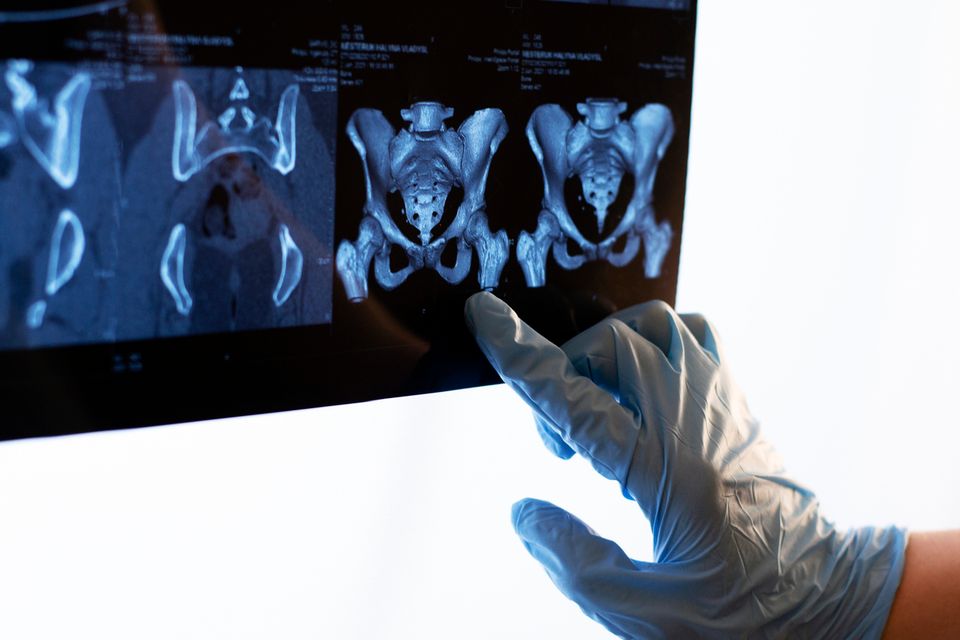
Lower back or sacral pain can often be traced to the sacroiliac (SI) joint, a critical connection between your spine and pelvis. If you’re seeking expert care for SI joint pain relief, Dr. Oberlander, a leading SI joint specialist in Louisiana, is here to help. With advanced diagnostic techniques, he identifies the underlying cause of your discomfort and creates personalized treatment plans tailored to your needs.